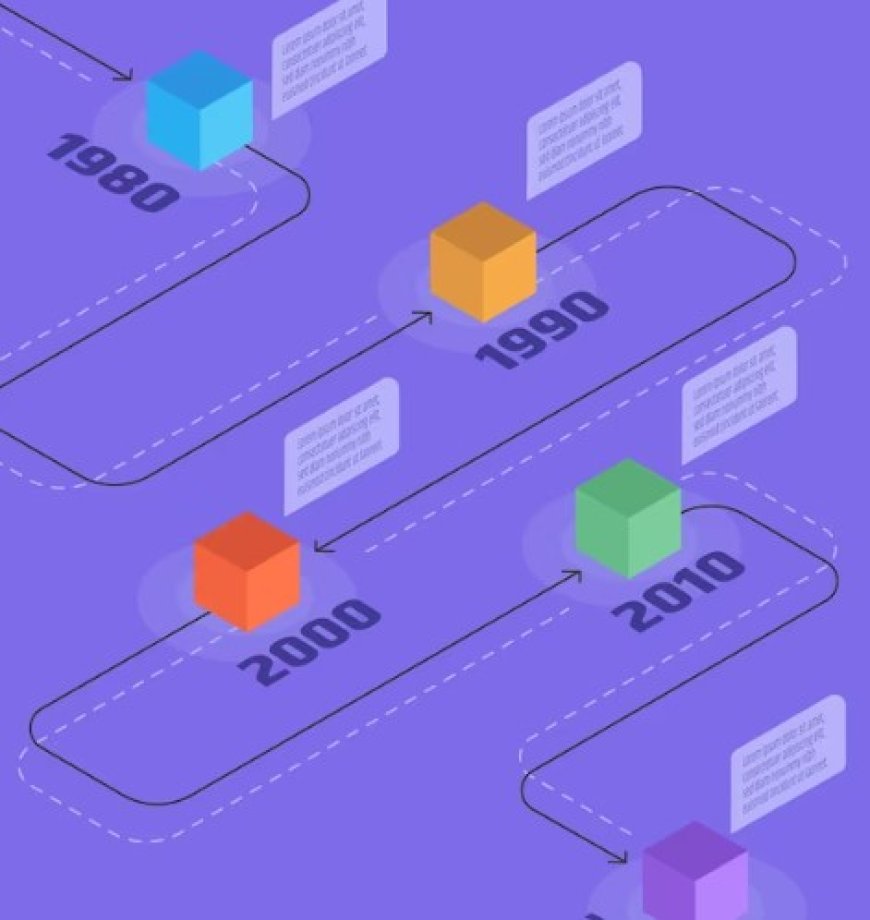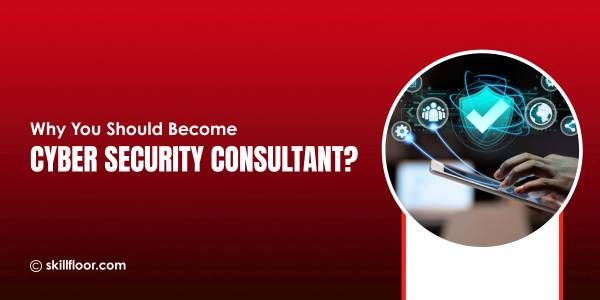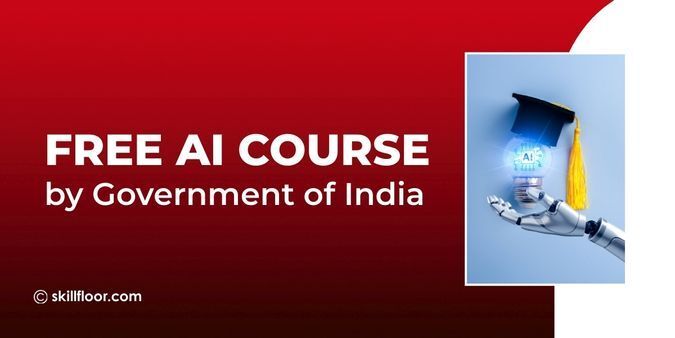Full Stack Developer Roadmap: Navigating Your Journey
Unlock boundless opportunities as a Full Stack Developer. Master front-end, back-end, and everything in between for a thriving tech career!

Hello there, aspiring developer! Are you ready to embark on an exciting journey into the world of full stack development? You've come to the right place! In this blog, we'll take a friendly and informative dive into the full stack developer roadmap. So fasten your seatbelts and get ready to explore the fascinating realm of full stack development!
1. Setting the Foundation: HTML, CSS, and JavaScript
Just like a sturdy building needs a solid foundation, your journey as a full stack developer begins with mastering the building blocks of web development: HTML, CSS, and JavaScript. These three amigos work together to create the backbone of any website or web application.
HTML (Hypertext Markup Language) is the markup language that structures the content of web pages. It provides the skeleton upon which everything else is built. With HTML, you define the headings, paragraphs, images, links, and other elements that make up a web page.
CSS (Cascading Style Sheets) is the styling language that brings life and visual appeal to your web pages. It allows you to control the layout, colors, fonts, and overall design of your website. CSS empowers you to create beautiful and engaging user interfaces that captivate your audience.
JavaScript, often called the "language of the web," adds interactivity and functionality to your web pages. With JavaScript, you can handle user interactions, perform calculations, manipulate data, and dynamically update the content of your website. It's the programming language that brings your creations to life and makes them interactive and responsive.
As you dive into the world of HTML, CSS, and JavaScript, don't be afraid to experiment and get your hands dirty. Build simple web pages, style them to your liking, and add some interactivity using JavaScript. Practice makes perfect, and these foundational skills will serve as the bedrock for your future endeavors as a full stack developer.
2. Building Dynamic Front-Ends: Frameworks and Libraries
Now that you have a solid foundation in HTML, CSS, and JavaScript, it's time to take your front-end development skills to the next level. Enter the world of frameworks and libraries that make building dynamic and interactive user interfaces a breeze.
Frameworks like React, Angular, and Vue.js have gained immense popularity among developers for their ability to simplify and streamline the process of building complex front-end applications. These frameworks provide reusable components, state management solutions, and efficient rendering techniques that enhance performance and development speed.
React, for example, follows a component-based architecture, allowing you to break down your user interface into reusable, self-contained components. With React, you can build rich, interactive interfaces by efficiently managing state, handling events, and seamlessly updating the UI as data changes.
Angular, on the other hand, offers a comprehensive platform for building large-scale applications. It provides powerful features like dependency injection, two-way data binding, and a robust component model. Angular's ecosystem includes tools for testing, routing, and state management, making it a great choice for enterprise-level projects.
Vue.js, known for its simplicity and flexibility, provides an approachable learning curve without compromising on functionality. Vue.js allows you to declaratively define your UI using templates, handle data and events with ease, and effortlessly integrate with existing projects. It's a fantastic choice for building interactive user interfaces quickly.
In addition to these frameworks, there is also an abundance of libraries and tools that complement your front-end development skills. These libraries, such as Axios for handling HTTP requests, Redux for managing global state, or Bootstrap for responsive design, provide ready-to-use solutions and enable you to work efficiently.
3. Unleashing the Power of Back-End Development
Back-end development plays a crucial role in powering the functionality and performance of websites, applications, and systems. It focuses on the server-side of software development, handling the behind-the-scenes operations that enable user interactions and data processing. Harnessing the power of back-end development is essential for creating robust, scalable, and secure digital solutions.
One key aspect of back-end development is server management. Back-end developers are responsible for setting up and maintaining servers that host the application or website. They ensure the servers are optimized for performance, monitor their health, and handle tasks like load balancing to ensure a smooth user experience.
Back-end developers also integrate various third-party services and APIs into their applications. They use APIs (Application Programming Interfaces) to connect different systems and enable data exchange. This integration allows for functionality such as social media logins, payment gateways, or integration with external services, enhancing the user experience and expanding the capabilities of the application.
Scalability is a significant consideration in back-end development. As applications and websites grow, they need to handle increasing traffic and user interactions. Back-end developers employ strategies like load balancing, caching, and horizontal scaling to ensure that the system can handle the growing demand and provide a seamless experience to users.
4. The Magic of Databases: Storing and Retrieving Data
No full stack developer roadmap is complete without understanding databases. Dive into the world of database management systems like MySQL, PostgreSQL, MongoDB, or Oracle. Learn how to design efficient database schemas, write queries to fetch and manipulate data, and ensure data integrity. Unlock the power of persistent data storage, a critical aspect of any web application.
5. Bridging the Gap: APIs and Integrations
As a full stack developer, you'll often find yourself working on both the front and back ends of an application. APIs (Application Programming Interfaces) act as the bridge between these components. Explore RESTful API design principles and learn how to develop and integrate APIs seamlessly. This skill will allow your front-end and back-end components to communicate and work harmoniously together.
6. Version Control and Deployment: The Path to Success
Version control and deployment are crucial steps on the path to success in software development. They enable teams to collaborate effectively, track changes, and ensure the smooth delivery of applications and systems.
Version control systems, such as Git, provide a structured approach to managing code and tracking changes over time. With version control, developers can work simultaneously on different features or fixes without worrying about conflicting changes. They can create branches to isolate their work, make modifications, and merge those changes back into the main codebase seamlessly. This collaborative workflow promotes efficient teamwork and reduces the risk of code conflicts and errors.
Version control also offers the ability to revert to previous versions of code, enabling developers to roll back changes if issues arise or if they need to restore a stable state. This flexibility and history tracking are invaluable when debugging problems or addressing regressions. Additionally, version control systems provide a clear audit trail, documenting who made specific changes, when they were made, and why, which is essential for accountability and troubleshooting.
Once the code is ready for deployment, a solid deployment strategy is vital for ensuring a successful release. Deployment encompasses the process of moving the application or system from a development or staging environment to a production environment where it is accessible to users. It involves tasks such as configuring servers, setting up dependencies, and ensuring compatibility with the production environment.
In a Nuteshell, Becoming a successful full stack developer requires a well-defined roadmap and a commitment to continuous learning and improvement. Full stack developers are proficient in both front-end and back-end development, allowing them to build end-to-end solutions and contribute to all stages of the development process.
Lastly, the roadmap for a full stack developer should emphasize continuous learning and staying updated with the latest trends, frameworks, and best practices. The world of technology is constantly evolving, and being adaptable and eager to learn new tools and technologies is crucial for long-term success.
By following a roadmap that combines technical expertise, problem-solving skills, and a commitment to learning, aspiring full stack developers can position themselves for a rewarding career in the ever-expanding field of software development.



























































